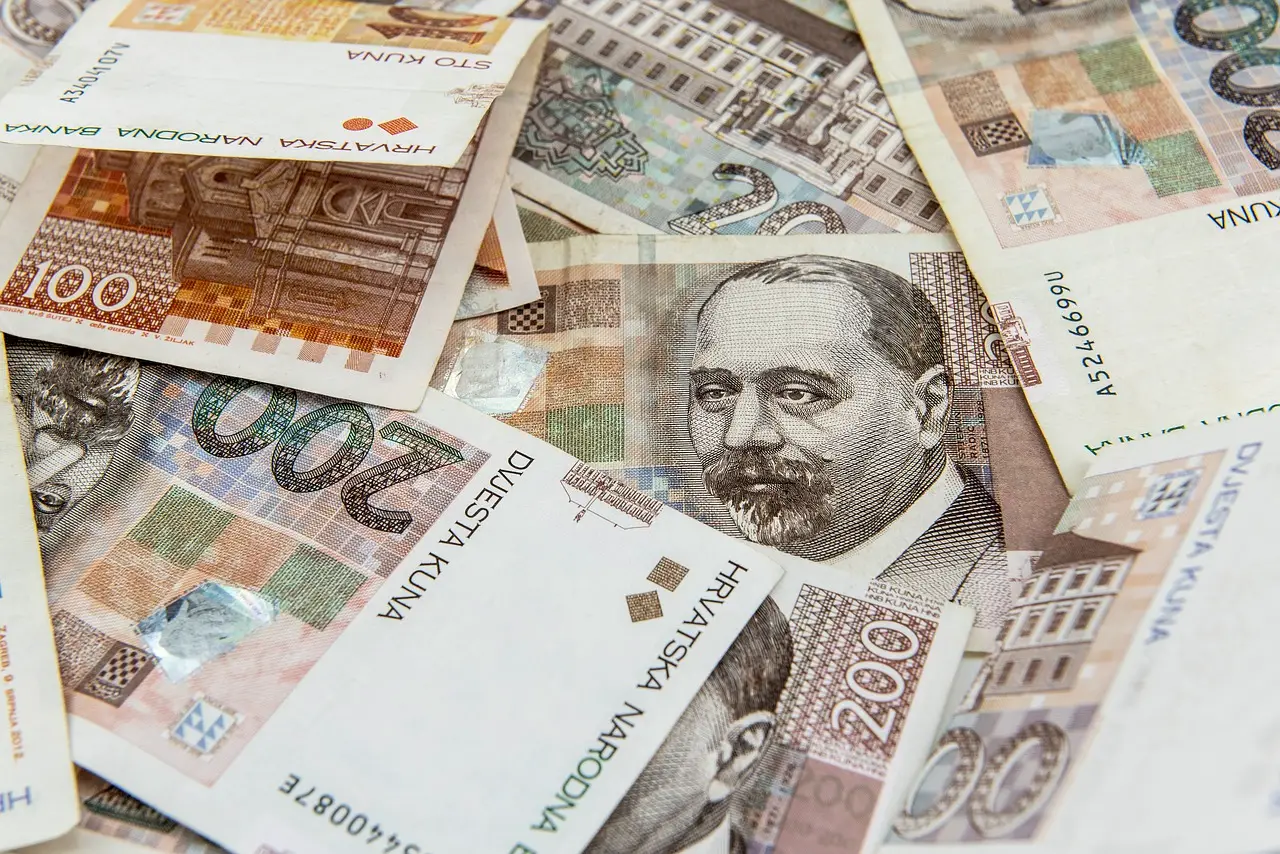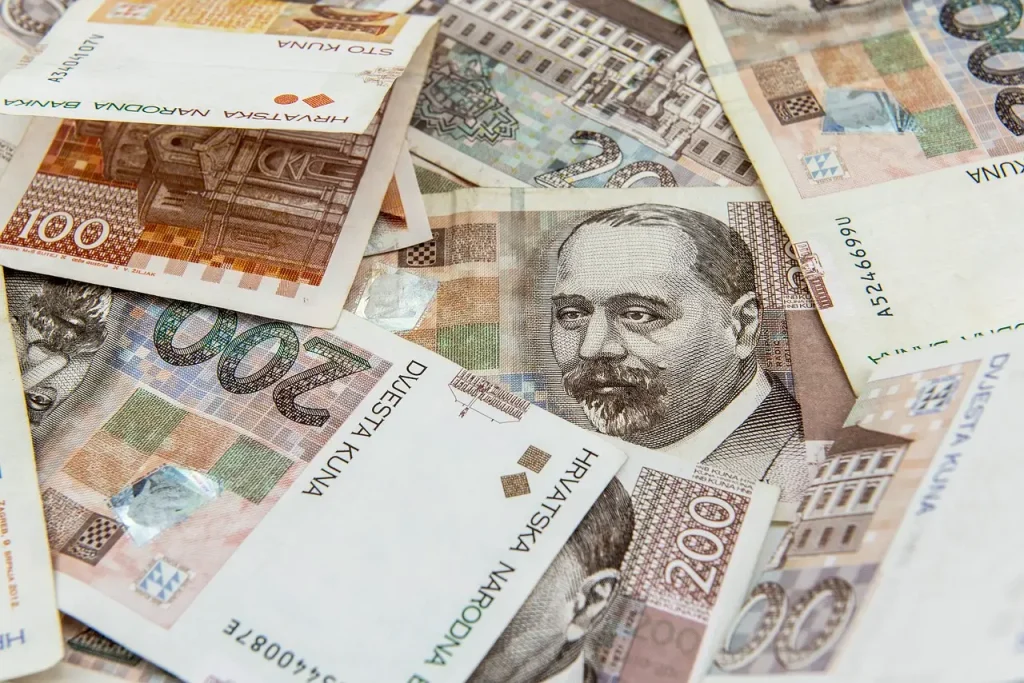
ZAGREB, Dec 29, 2020 – Croatians spend 34% of their income on housing and food, while in the European Union only Romanians spend more on food, Vecernji List daily said on Tuesday.
In 2019, EU household spending on food and non-alcoholic beverages averaged around 7% of the annual GDP, reaching €956 billion.
The share of expenditure on food in the Croatian GDP was 13%, which is above the EU average. This is mostly because prices of basic foodstuffs are nearly on a level with the EU average, while the Croatian GDP is a third lower than the average EU GDP.
The poorer the country, the more its citizens spend on meeting their basic needs, the newspaper said.
Citing Eurostat, Vecernji List said that expenditure on food in Romania accounted for 16% of the country’s GDP. It was followed by Croatia (13.3%), Lithuania (12%) and Greece (11%). By contrast, the share of expenditure on food in the GDP was less than 3% in Ireland and Luxembourg.
Last year, Croatians spent €7.2 billion on food and non-alcoholic beverages, compared to the much richer Irish who spent €8.2 billion. Slovenians spent €3.6 billion, which in absolute terms is similar to Croatians given the size of the population, Serbians spent €7.2 billion, citizens of Bosnia and Herzegovina €4 billion, Slovaks €9.1 billion, Hungarians €12.6 billion, Austrians €20 billion and the most numerous Germans €185 billion.
On average, EU households spent 13% of total consumption expenditure on food and non-alcoholic beverages, which ranks as the third-largest category of household expenditure after housing, water, electricity, gas and other fuels, which accounted for 23.5% of household expenditure, and transport (13.1%).
In Croatia, expenditure on food accounted for 18% of total household expenditure, followed by housing (16%) and transport (10%), Vecernji List said.











